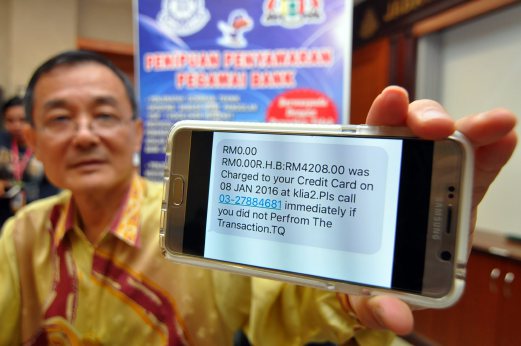Introduction:
Scam calls, fake websites, and deceitful emails have become a part of our digital lives. They lurk in the shadows, waiting to exploit our vulnerability for their gain. In this blog post, we will dive into the world of EE scams in the UK, shedding light on real stories, sharing examples, and imparting tips and tricks to stay one step ahead of these cunning fraudsters.

Section 1: Real Stories of EE Scams:
Against the backdrop of an ever-connected society, scammers have evolved their techniques to appear convincing and elusive. Let’s delve into the experiences of a few individuals who fell victim to EE scams:
If you want to explore further details about this phone number scam, I suggest visiting https://whocall.co.uk/phone-number/07441733774 to read about the experiences and opinions of others in relation to it.
1.1 Jane’s Tale of Deception:
Jane, a hardworking professional, received a call purporting to be from EE customer service. The fraudster claimed her account had been compromised and requested personal information. Sadly, Jane disclosed her login details, leading to unauthorized access to her account and financial loss.
1.2 David’s Encounter with a Phishing Email:

David, an avid EE user, innocently clicked on an email appearing to be from EE, asking for an urgent account verification. This seemingly legitimate email turned out to be a phishing attempt, leading to his personal information being compromised and exploited for fraudulent activities.
Section 2: Examples of EE Scams:
To raise awareness and protect ourselves, we must familiarize ourselves with various EE scams that fraudsters employ to trick unsuspecting victims:

2.1 The SIM Swap Scam:
Fraudsters contact EE customers, claiming that their SIM card needs to be upgraded due to system maintenance. They trick victims into revealing their SIM card details, enabling them to swap the victim’s SIM card with their own. This grants scammers direct access to the victim’s calls, messages, and even sensitive personal information.

2.2 Bogus Billing Scams:
In this scam, criminals masquerade as EE representatives, claiming that the victim’s bill payment has failed. They request immediate payment, often persuading victims to share their bank account or credit card details. These deceitful tactics can lead to significant financial loss.

Section 3: Tips and Tricks to Combat EE Scams:
Now that we understand the risks we face, let’s explore practical tips to safeguard ourselves against EE scams:
3.1 Be Wary of Unsolicited Calls:
Don’t trust callers claiming to be from EE without verifying their authenticity. Consider calling EE’s official helpline to ensure the legitimacy of the call and protect your personal information.
3.2 Analyze Suspicious Emails:
Carefully scrutinize emails claiming to be from EE, especially those requesting immediate action or personal details. Check for grammatical errors, unusual email addresses, and hover your cursor over hyperlinks to identify any abnormalities. Always access your EE account directly from the official website rather than clicking on email links.
3.3 Enable Two-Factor Authentication (2FA):
Strengthen your account security by enabling 2FA. This enhanced verification process adds an extra layer of protection, making it difficult for scammers to gain unauthorized access to your account.
Conclusion:
EE scams continue to evolve, exploiting our trust and naivety. By being informed about real stories, examples, and adopting preventative measures, we can minimize the risks and protect ourselves from falling victim to these deceitful tactics. Stay vigilant, be proactive, and let your awareness be the shield against the epidemic of EE scams in the UK.
